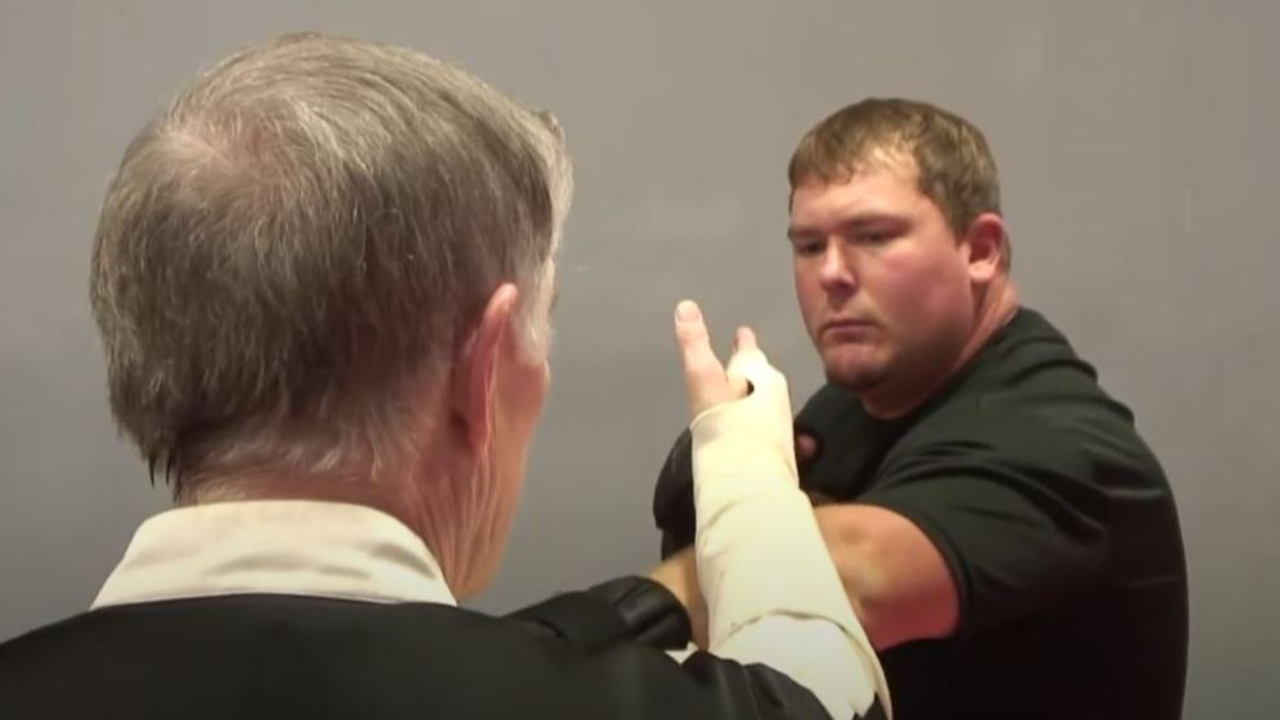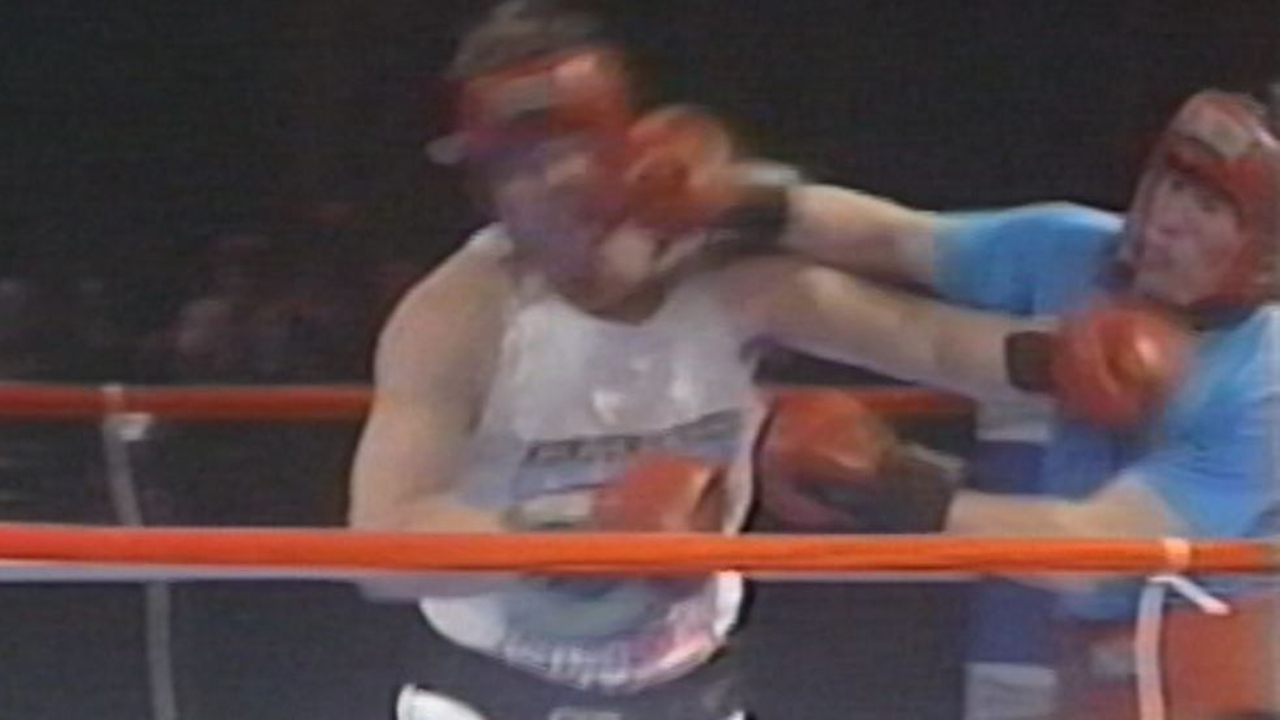Loading the Rear Leg - An Important Skill in Xingyiquan

Xingyiquan from Form to Fighting - Pi Chuan Splitting Deflecting Block

When I teach the internal arts - Xingyiquan, Chen Taiji and Baguazhang - I teach fighting applications with the movements.
It is very important to learn how to move from form to self-defense. A positive learning environment helps, where your partner is trying to help you internalize the meaning and the application of the movement.
My website - www.internalfightingarts.com - has more than 750 video lessons and downloadable pdf documents.
This is a short clip from some of the videos we are currently shooting and putting on the site. It shows a Pi Chuan cutting block and deflects and redirects your partner's energy, setting you up for a counter.
Is Your Martial Art Preparing You for Real-Life Self-Defense?

What is real-life self-defense? What is real-life self-defense with the internal arts?
Do I need to step into a ring and go full-contact these days to prove myself?
Do you?
There are suddenly a lot of keyboard warriors out there who seem to think so. Personally, I have mixed feelings about it. I have always enjoyed fighting, but as an adult, I believe it is much better to learn how to fight without getting hurt and without hurting someone else.
When my 15-year-old student was grabbed by a drunk step-father who was preparing to punch him out, my student broke the step-father's elbow with chin-na we practiced in class. That's real-life self-defense.
When my student who is a police officer took a fugitive rapist down with Pi Chuan, a Xingyi technique, he didn't ask himself during the encounter if he was using internal energy just right. He simply took down the man who was considered dangerous.
When three drunk guys at a concert wanted to fight me, I remained centered and managed...
The Mysterious Power of Xingy, Taiji and Bagua Revealed!

I saw an ad a few days about about the Mysterious Power of Xingyiquan (also spelled Hsing-I Chuan). It made me laugh a bit at first, and then I realized it was just one more way that someone was attempting to make the internal arts appear to be something they are not.
A photo on the ad showed a guy being lifted up into the air by the "mysterious" power of Xingyi.
I guess that's marketing, right?
A well-known tai chi teacher has a photo on the cover of one of his books where he is apparently launching some poor sap into the air with his internal energy. But a video exists of the photo shoot, and the guy being launched into the air obviously pushes off and straightens his arms to get himself into the air. It's embarrassing.
We see it all the time, don't we? It's pretty common for Taiji, Xingyi and Bagua teachers to pretend this is all mystical and mysterious, that if you just cultivate enough chi you can tap into some universal energy that will allow you to defy the laws of physics...
Which is Better for Self-Defense -- Xingyi or Taiji?

Gary Liu asked this question:
"I have been learning Chen Taiji for just over 2 years. One of the things that frustrates me is the seemingly unrealistic techniques and chin-na that would be unrealistic for self-defence. Felt like a waste of time covering and learning them. I have always looked for simple techniques and doing them well for self-defence purposes.
After reading your post here about practicing the concepts behind them, things fall into perspective a lot more. Instead of a chore, chin-na becomes an opportunity to learn to send force into the opponent to control his body (as opposed to control of a local joint).
The Cannon Fist routine was a lot more direct and aligns more with what I am looking for (I have learned short yilu and erlu forms - now learning a long yilu form). Though looking at your Hsing-I instructions, I wonder if I should be giving Hsing-I a go due to more direct and simple movements.
If you have time, I would be very interested in hearing your view on Hs...
Xingyi versus Real World Violence -- Taking Down a Violent Suspect

Don't tell the MMA guys this, or the guys who say what you study in martial arts classes don't prepare you for "real life" violence. We don't want to disappoint them.
One of my students is a police officer. I ran into him today and he was excited about his success using Pi Chuan -- one of the five fist postures of Hsing-I Chuan -- to capture a violent man recently. I'm not including all the names, locations and dates to protect identities.
According to the officer (my student), the suspect had his fists up, daring the officer and his partner to cross the room and get him. He was ready to fight. This wasn't the first time he had been in trouble with the law. The officer took out his taser. The man laughed and said, "Go ahead and use it."
The officer loaded his stance, then suddenly exploded forward, taking ground as we had practiced so often in class, and took the suspect down with splitting palm. He told me he kept his energy down and focused on taking his opponent's ground, explodi...
A Good Point About Self-Defense

My good friend and loyal visitor Evan Yeung wrote this in an email:
"I'm thoroughly enjoying your latest DVD release. I'm halfway through the Beng Chuan section. The applications you've presented are straightforward and applicable to real life situations and some tournament sparring as well. I suppose the magic of Hsing-I is that the base moves are simple (relatively speaking, of course), but are remarkably versatile. John Painter, in his book on Combat Baguazhang, says that in a true fighting situation the complex moves rarely work... when the adrenaline is pumping, tunnel vision is occuring, and tactile sensitivity is going to hell, it's the simple moves that have been drilled that rely on larger muscle groups that take over. I think Hsing-I fits that bill."
I agree with Painter -- in a real-life self-defense situation, you won't have time for a lot of the complex movements. I've thrown out some chin-na movements because they were so impractical in a fighting situation that ...
Internalizing Fighting Applications for Tai Chi, Xingyi, and Bagua

Working on forms is one of the foundations of a good martial art. Forms teach many things, including proper body mechanics, posture, balance and precision.
I once read a tai chi article by a guy who said if you practice the slow Yang form for 20 years, you'll be able to fight when a self defense situation arises.
No you won't. You'll be seriously injured or killed. That's what will happen.
If your practice is only on form, you're missing the heart of any internal art, which is self-defense. You must practice fighting applications in a way that helps you internalize them so that you can react without thinking.
Sparring is one way to do it, but let's face it. Sparring the tournament way limits your techniques. And you can't really use all the techniques of these arts against classmates because you can't drive your palm through their faces, break their elbows and wrists, dislocate their shoulders, twist their necks until they snap, throw them to the ground to smash their head, etc.
H...
